Cinema of Mortality
“I have been around the world several times, and now only banality still interests me.”
- Chris Marker
Last week I saw Tsai Ming Liang’s Face in MoMA. The film was commisioned by Louvre Museum but it is also Tsai’s mourning of his own mother. In the film, the mother character has been sick since the begining and passes away later. Then there is this static scene where the younger daughter tries to empty the fridge that is filled with food the mother left behind. After she is done, her sister, the older daughter, walks into the frame and the same position but puts everything back inside the fridge. It is such a simple scene yet one of the most difficult scene to watch in my viewing experience.
The scene takes me straight back to the summer of 2016, the second year since I moved to New York. I was moving out from my apartment in Stuytown, East Village. I only lived there for less than a year. But it was the first place I stayed in New York, and also the apartment where I learned about and processed, perhaps still processing today, the passing of my beloved grandmother. It was May 18th, 2016. I packed all my belongings, books, electronic device, clothings, one by one, into those cardboard boxes. In the end when I was done, I looked at that empty apartment and had a weird feelings. It hurts me to see those empty spaces and white walls. I couldn’t articulate these feelings at the moment. Or I was even trying to avoid articulating this feelings without realizing it. I just took photos of that empty space with my iPhone. Those images of that place and my memory of that moment have been sitting at the bottom of my heart, until the moment I saw that fridge scene in Tsai’s film. Today, I know leaving that house seemed be a signifier of leaving my grandmother behind, or at least my memory of her. And this feelings was magnified by the emptiness of the apartment. I was feeling my grief echoed within those white walls. I think this is the magic of cinema, how memory can be shared, connected and exchanged.
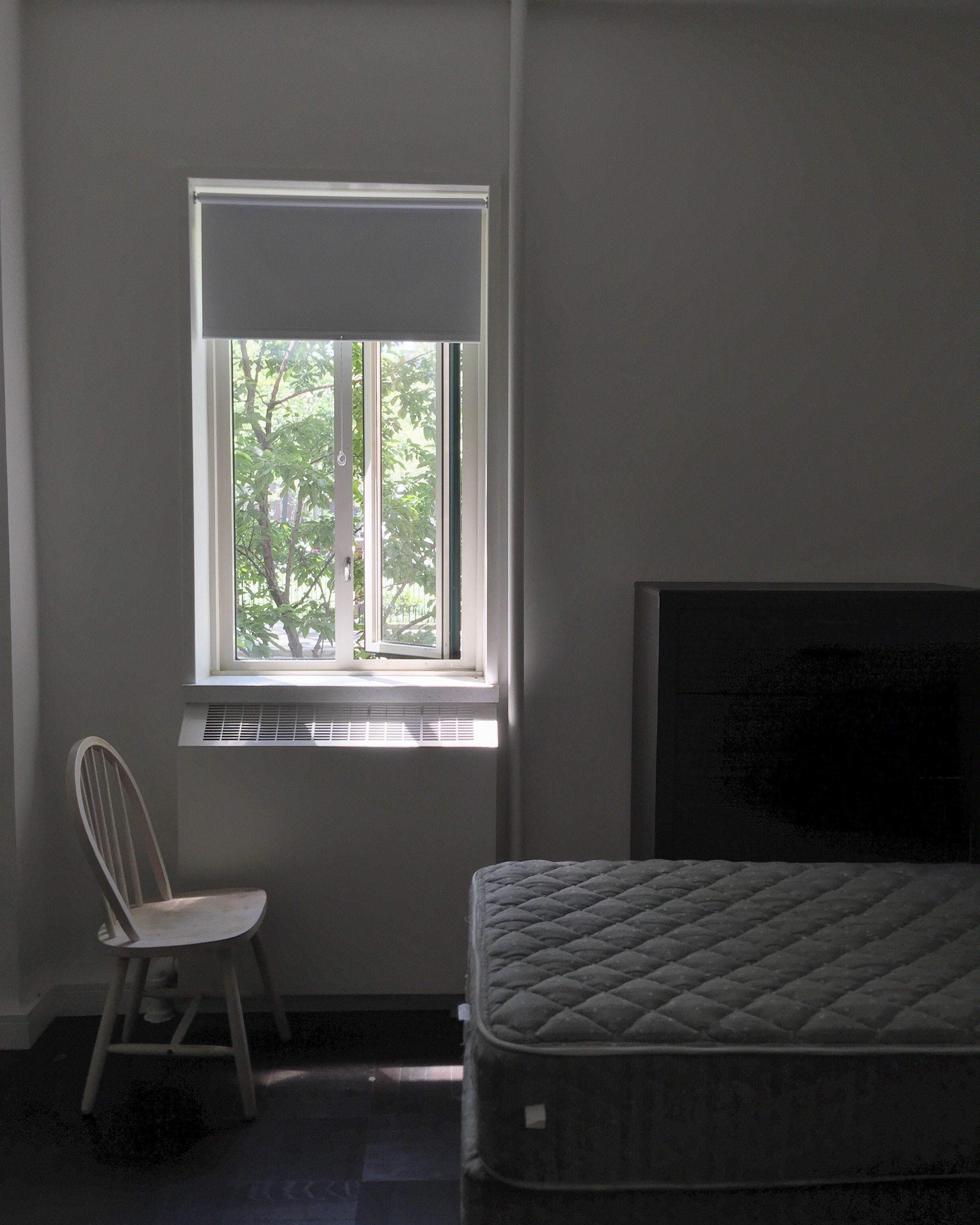
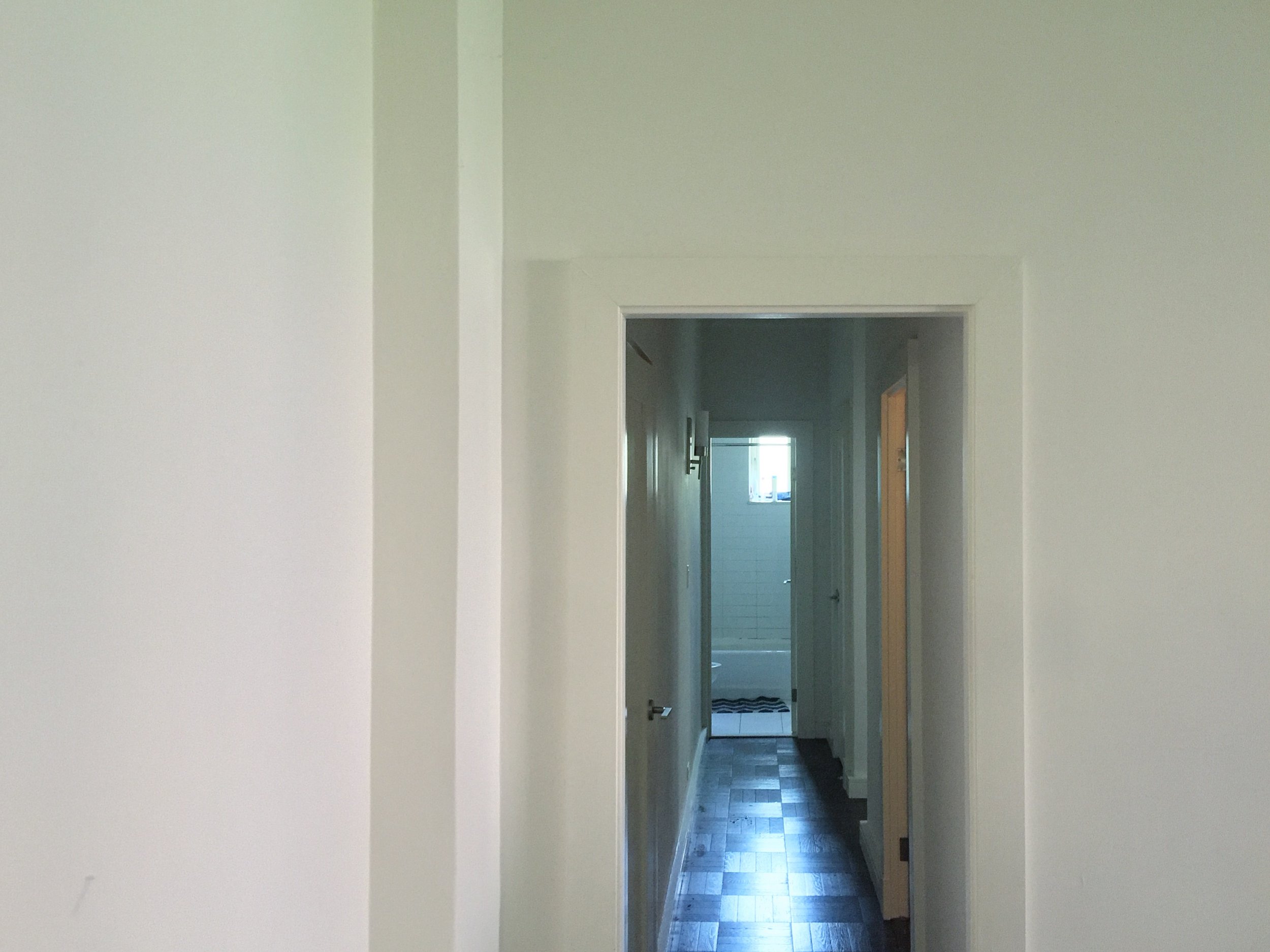

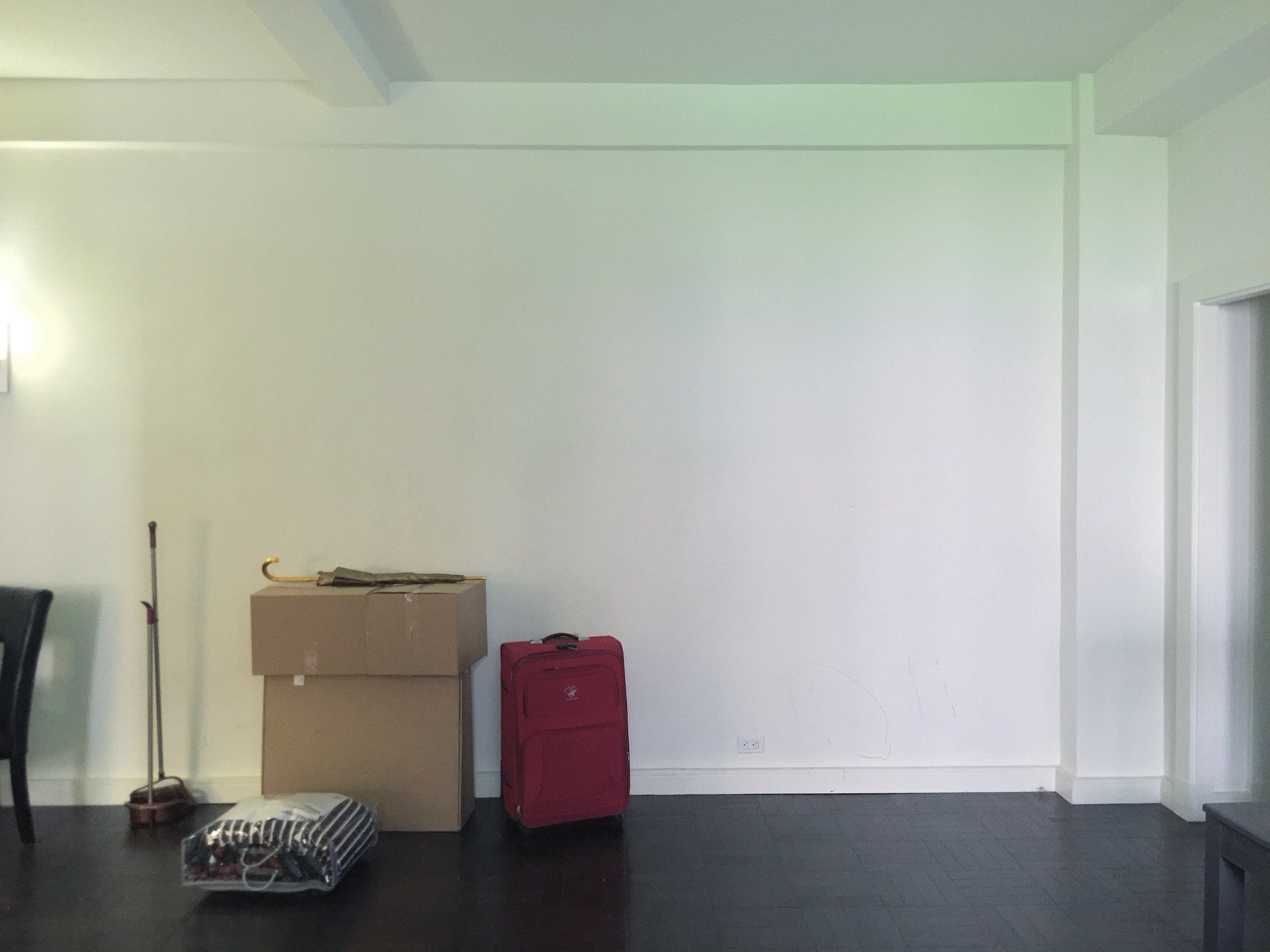
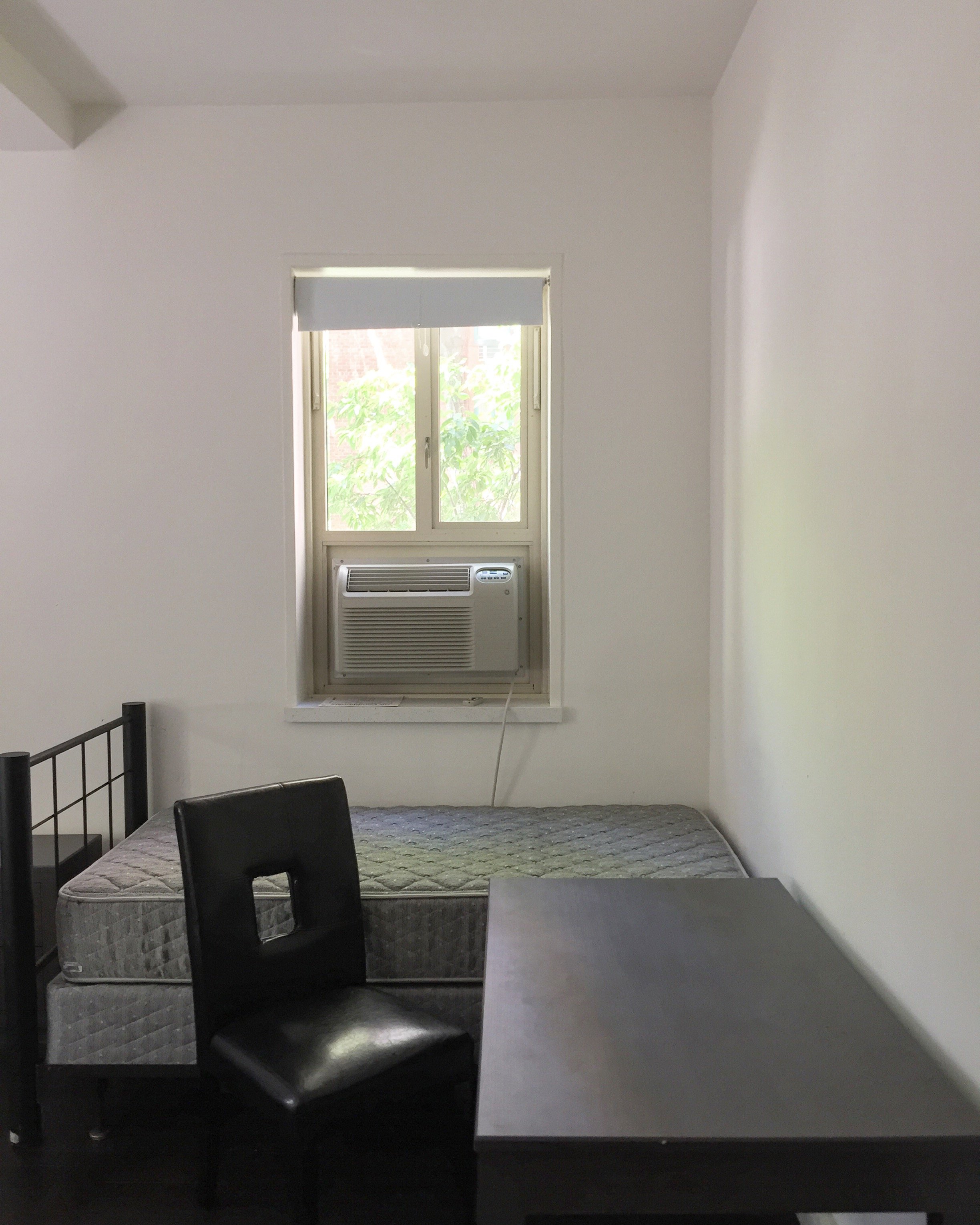

The last time I saw Tsai Ming Liang’s film in a museum setting was 7 years ago, at 2015. He was showing Stray Dog, his new film then, in Times Museum in Guangzhou (pictures from the exhibit below). I was 25 and working in a Chinese lifestyle magazine as a writer editor. I had the chance to sit with Tsai and interviewed him with other journalists. I wasn’t very familiar with his body of works. After some “research”, I tried hard to ask Tsai some big questions and expect some academia and “profound” answers from him. Tsai Ming Liang is a very down-to-earth person and he mostly talked about his own stories, memory and “feelings”. The interview mostly felt cliche and disappointing. Now looking back, I was what I meant to be at the age of 25. I was obsessed with meanings and profoundness. I felt that life was full of meanings, that future was full of potential, that I was invincible, that I would become something great. And Tsai Ming Liang was just him.
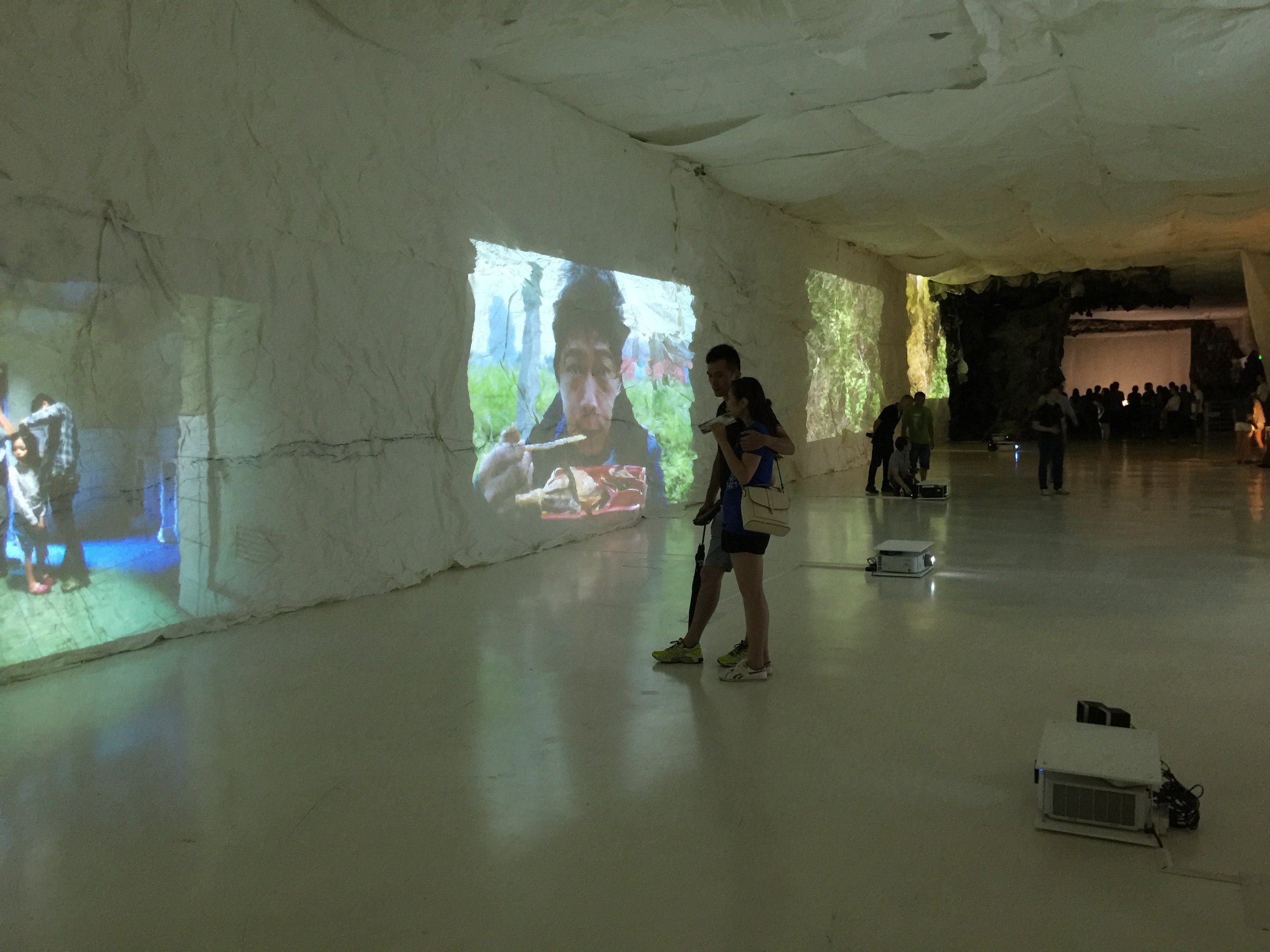
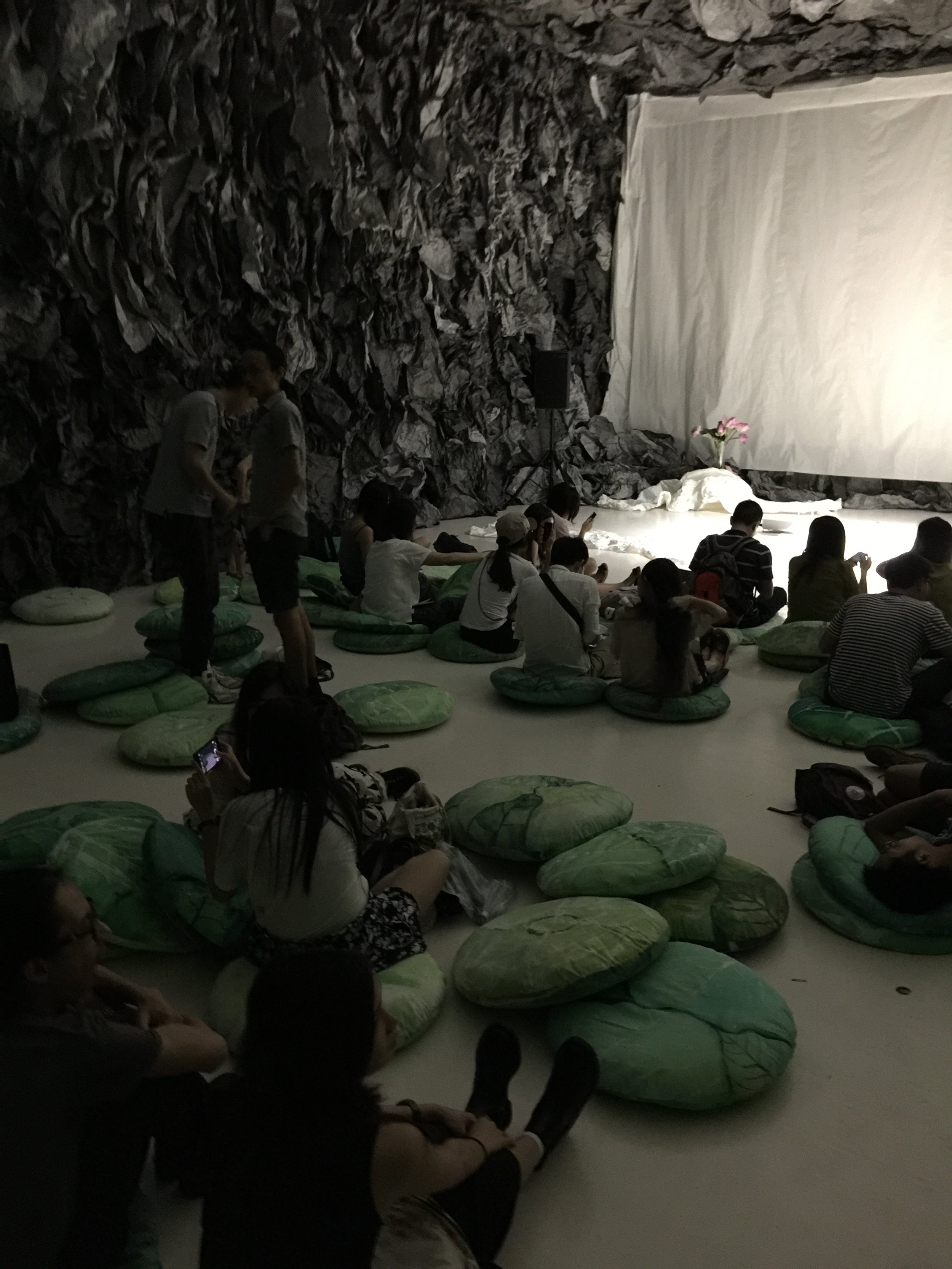
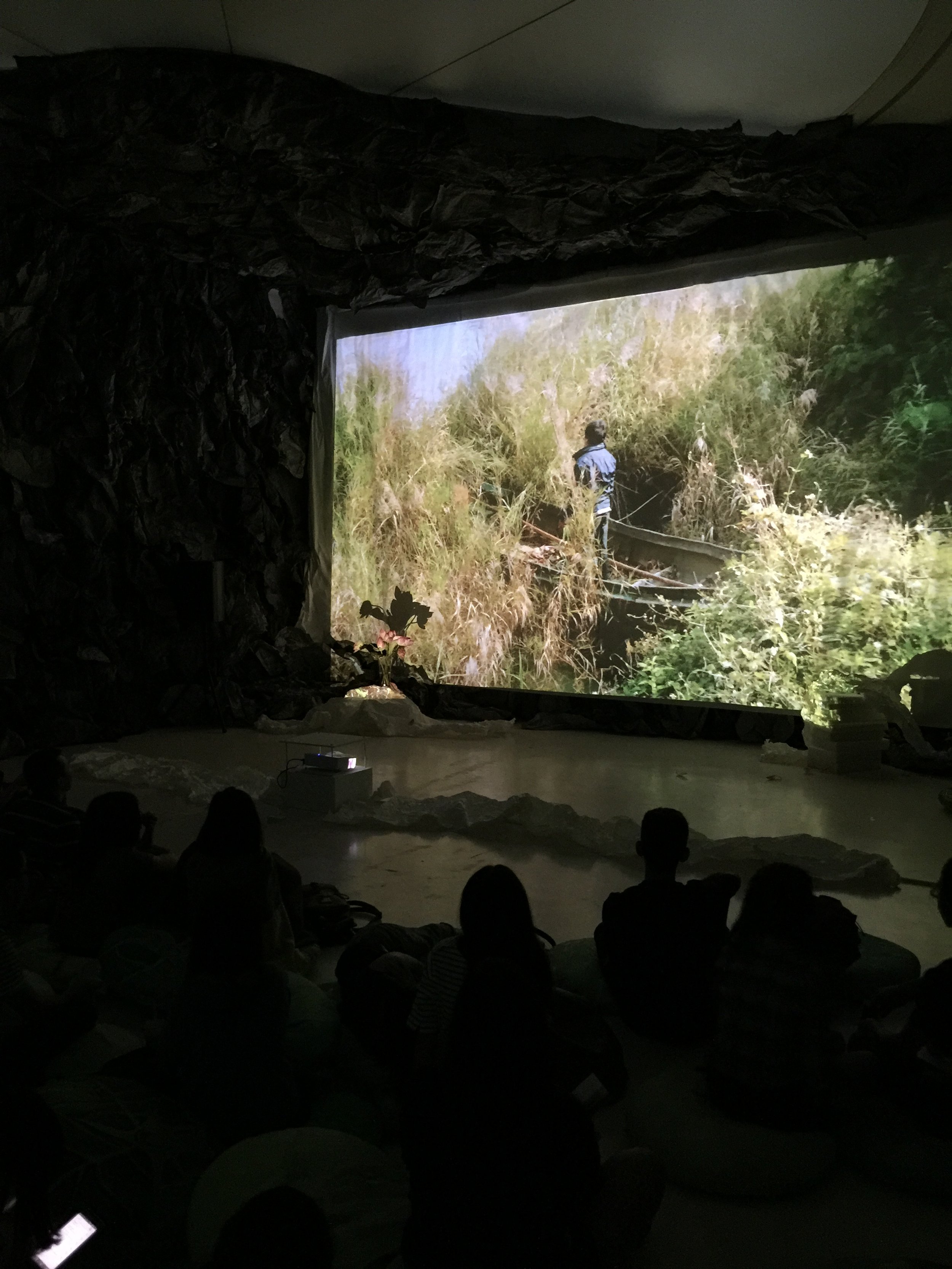
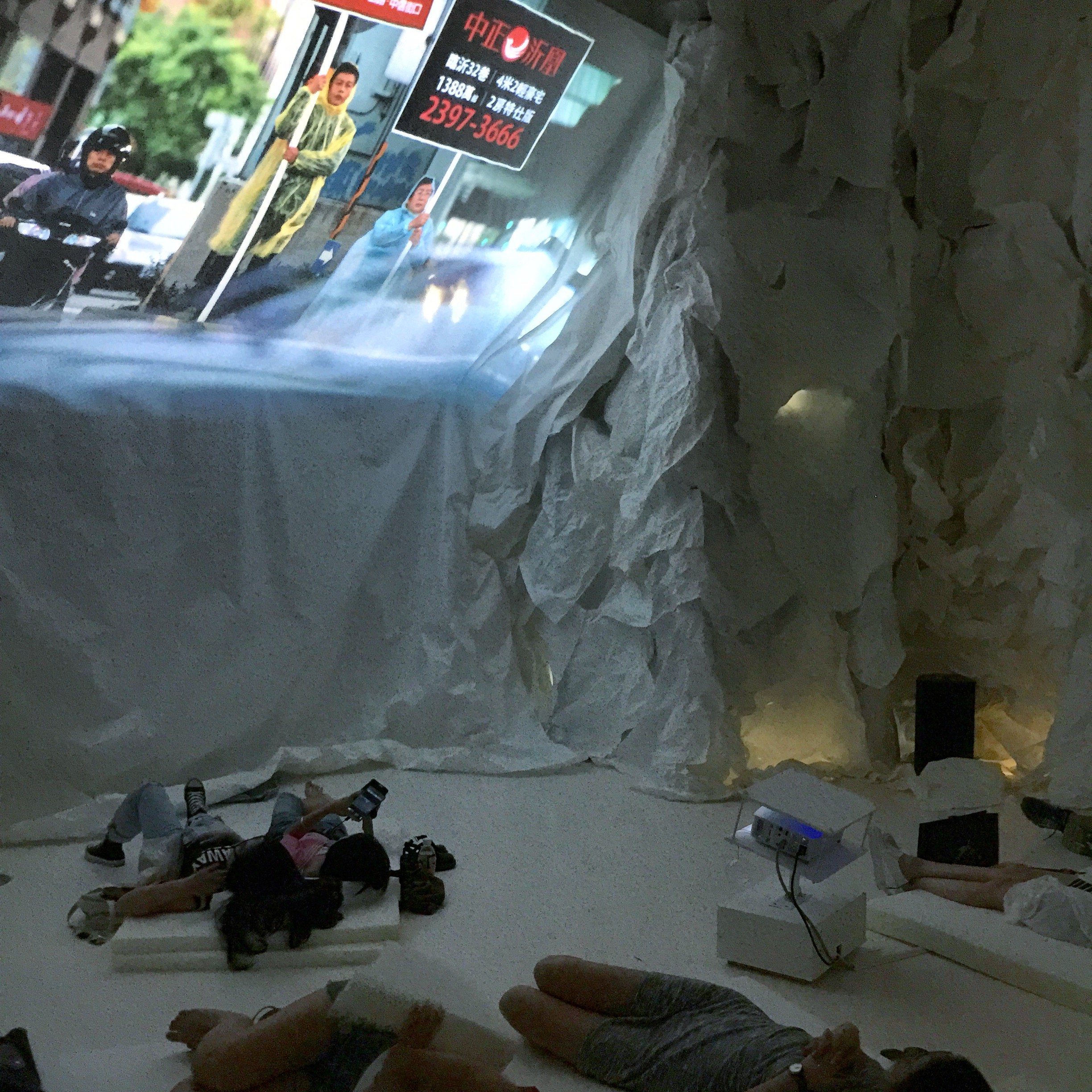
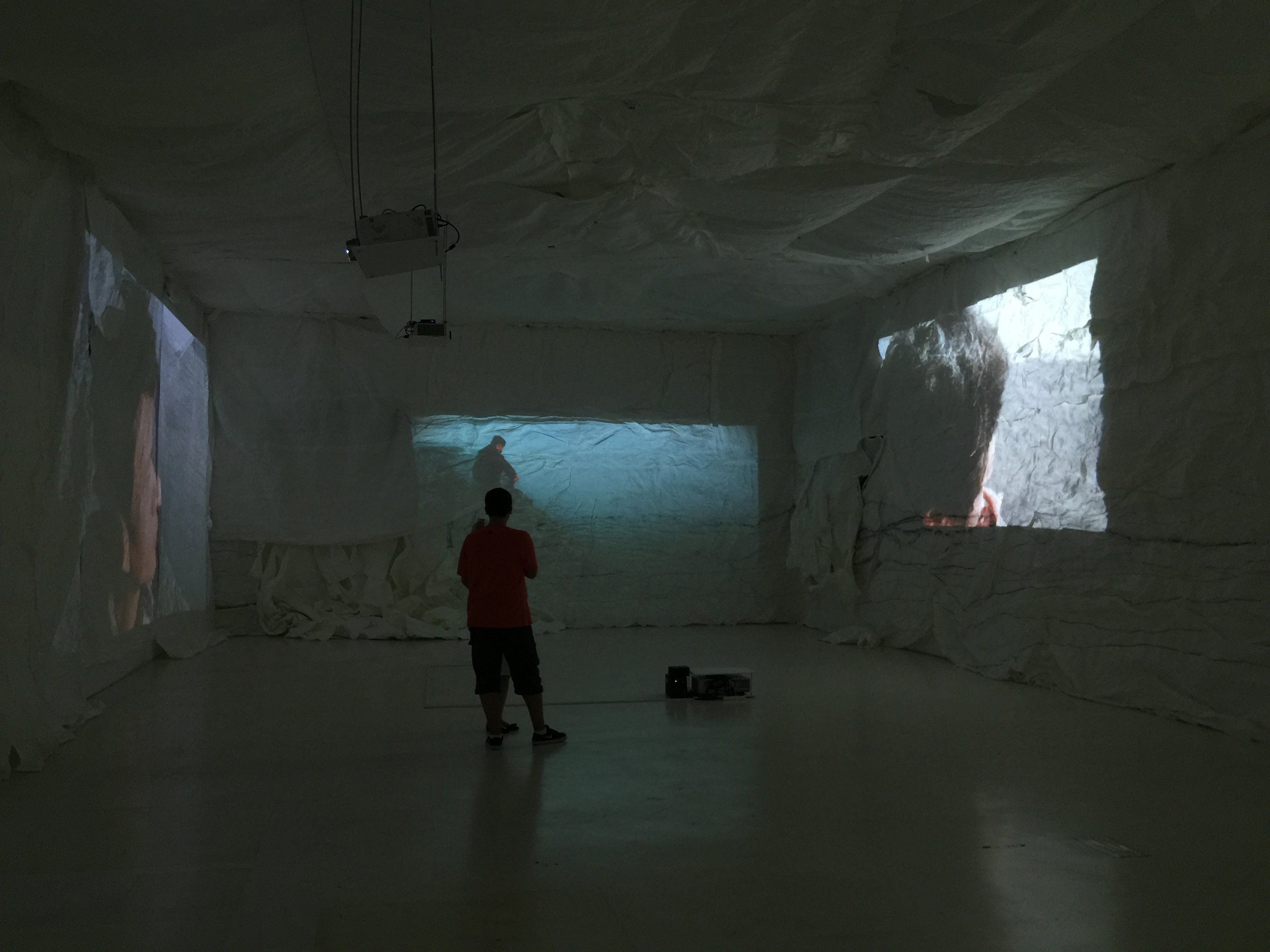

7 years have passed. If we only look at the number, it is not a very long time. But my life has changed drastically in these 7 years. In August 2015, I moved to New York from Guangzhou, China, which has been my home for two decades. In the States, I have suffered from and accepted my new identities, being stereotyped or objectified. My beloved grandmother passed away in 2016. In a way, it was my first death experience, which has fundamentally changed me as a human being. In 2017, I came out to my parents and we have close to each other ever since. In early 2019, I was jobless and at one point I couldn’t even afford taking the subway. I worked at a restaurant as a waiter like any other artists or immigrants here, which now seems so normal but felt like a big deal at that time. During these years, I have created works that were rejected countless times. Some of them I dislike. Some of them I am proud of and love. Slowly, I grew distant from most of my friends from China but I also find my community here in New York. I survive. I no longer feel the youthfulness or hopefulness from being 25 but have accepted the dullness and frustration in everyday life. Everyday I open my eyes on my bed, I expect no wonder in life. However, now life feels more celebrating than ever. I find long lasting pleasure in all little banal details in cooking, washing dishes, doing laundry, organizing my room or doing grocery, things that used to feel annoying, meaningless and unimportant.
Being in the filmmaker community is a true blessing here in New York. However, it can sometimes feel overwhelming when you try to share your vision. I constantly feel the need of fitting into a box. There is a popular pre-conception about what a film should be like, or what the storytelling should be like. Such pre-conception roots in a dominating method of storytelling in the current mass market of cinema. The rise of this method in the mass market of storytelling can date back to Joseph Campbell’s book The Hero With A Thousand Faces, in which he propsed the idea of an archtype of storytelling in mythology. Today, it is commonly known as the Hero’s Journey. The core is about the common structure, or the arc, of the characters and hence the stories: the call, the denial, the departure and so on. Although Campell’s research was biased and selective according to his own interest, I do believe such storytelling exists commonly in different cultures and their stories, especially in the western world.
Within this narrative structure, there are direct psychological causality and connections between acts and scenes. There is always a purpose in each action of the characters, hence in each step of this journey which all lead to the final self realization. It is a concept of heroism, where a God’s view is provided: everything is there for a purpose and must be interpreted. Audience can easily understand or even empathize with the characters: who they are, where they are from, and where they are going. It promises that life can be understood, and it always a has purpose and a next step, and that death is not the end. I want to call it the Cinema of Heroism. And Cinema of Heroism captures characters, space and time according to its own purpose.
The protagonist is first and foremost a hero. As human being, often we have an ideal image of ourselves in our mind, often formed by our imagination of ourselves based on a moment when we pose ourselves in front of a lens. You can argue that such ideal image only pervaded after photography became accessible and even ubiquitous in mid-late 20th century. As Roland Barthes wrtoe about his feeling in Camera Lucida,
“Once I feel myself observed by the lens, everythin changes: I constitute myself in the process of “posing”…I transform myself into an image…I feel that the Photograph creates my body or mortifies it, according to its caprice.”
That is the hero, an ideal image of self. Its essence is not about looking pretty, but a volunteer objectification of ourselves. It is an eternal image, a symbol of ourselves, the way how we want us and the others to perceive and remember ourselves. Such ideal image of self is at the heart of cinema of heroism. Interestingly, during a talk show ( 33:50 ) in 2005 in Taiwan, actress Yang Kuei-mei mentioned that she complained about how ugly she looked in Tsai Ming Liang’s films. “I looked at me in Tsai films, I thought I can never get married”, Yang Kuei-mei said. It was a joke but she was very clear about how much she dislikes her look in Tsai’s film. Tsai always need her body to relax, to look natural and true to real life. There is no ideal self in Tsai’s film. Instead, he chose to confront the ideal image of self. Tsai’s images, especially in his later works like Moon and The Tree, Days and Stray Dog, remind the viewers the truth about our flesh: it is inharmonic, asymmetrical, it aches, and it ages, constantly rotting. To him, this is “natural”, and “natural” is what is beautiful. At this point, we can even see his films as a collective piece, a documentary, about Lee Kang-Sheng’s mortality and aging process, given Lee is in almost all of Tsai Ming Liang’s film.
Days (2020) by Tsai Ming Liang
During the Q&A in MoMA, the curator, La Frances Hui, said Tsai’s films feel like still photography but with time. My friend sitting next to me argued that that was exactly moving image. I think they are both right. Yes, moving image is consisted of still images. However, the storytelling, or the narrative, between still photography and the moving image are fundamentally different (at least for the cinema of heroism). The image in still photography grants meanings to itself, and the audience fill in the context according to their own memory and perspective. Often, such context is ambiguous and imaginative. In moving image, the meaning of a frame is granted by the frame comes before and after it, hence shot to shot, scene to scene and the arc. The context here is concrete. While some artists, like Tsai, can play around that line, “still photography with time” does not necessarily equal to moving image in that sense. Maybe I can put it this way, in the Cinema of Heroism, one can perceive past (beginning), present (middle) and future (end), which is not a natural human perspective but a godlike one. But in Cinema of Mortality, one can only see the present, and that is the only concept of time that human can exist in. But often, we yearn for the past and the future, and we forget the present is all that we can have.
This concept of Cinema of Mortality I am proposing here, is not equal to “slow cinema”. If we look at ealier films from Tsai Ming Liang, they are still very slow but we can notice that theatrical tension is dominant in those works like The Wayward Cloud, Vive L’amour etc. The static lens in these films often serves as the audience seats rather than a cinematic tool, the blade that cuts through space. Only later and later, Tsai slowly embrace more and more banality, meaning less and less tension, or even actions, in scenes, hence less and less causality between scenes, or you can say less arc. Cinema of Mortality is not about the pacing but a true to life way about how human experience and time is captured and present within the language of film. While both Cinema of Heroism and Mortality deal with death, one choose to deny it and the other one chooses to embrace it.









During the Tsai’s career, he has dealth with numerous dealt of his loved ones in his life, from his grandfather, grandmother, and his father and many more. And now he often talks about his own mortality (Afternoon, 2015), as his films become almost scriptless and more static than ever. Coincidently, while MoMA is showing Tsai Ming Liang’s retrospective, they are also showing the London and Berlin based artist Wolfgang Tillmans’s solo exhibition, To Look Without Fear. He also has great impact on my practice of photography. Tillmans is famous for creating his own universe of ephemeral, yet loving images of lives, from mundanes objects, space to portraits, nudes and later political movement around the globe. His photography always feels about being at the moment. The subjects in his works never feel posing but true to what they are, or used to be, at that moment. Tillmans finds beauty in the most ordinary moments in life. In an interview, Tillmans talked about how the death impact him, which can explain my love for the Cinema of Mortality, embracing banality.
“All my works has been made with the knowledge of possible death, because since 1983 I’ve had an acute awareness that this disease, AIDS, affects me…life is fragile, and you have to celebrate it and enjoy it and not despair over the fact that it’s fragile because it just is.”

